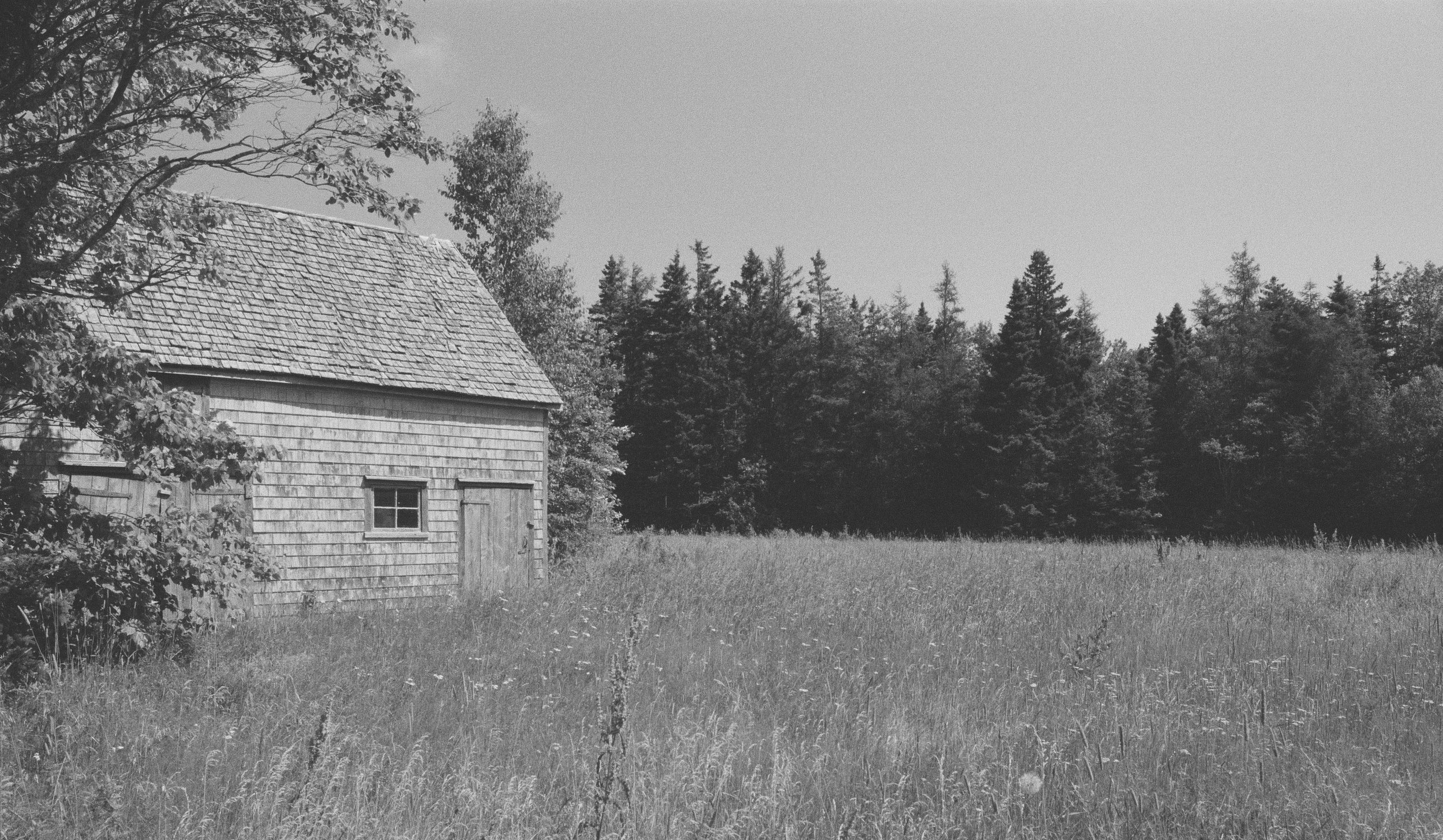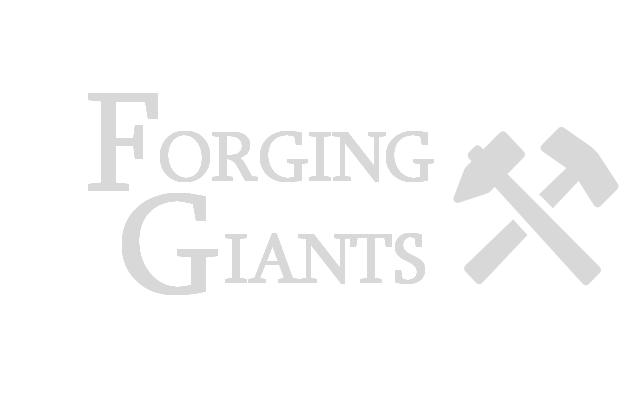
Our Canadian Story: Canada, 1914 to the Present
Grade 10 History: CHC 2D/2P
OUR CANADIAN STORY
This page provides only an overview of my Grade 10 Canadian history course. For course resources and other everyday work, my classes use OneNote for our digital classroom space.
Like every teacher, my course is unique to me and in many ways an expression of who I am. It is also a product, created with the collected and curated words and work of others: information, ideas, and inspiration gleaned from a lifetime of personal and professional study.
In other words, like me, this course took a village to shape it, and, like me, it is forever a work in progress. Thank you to those who helped me along the way.
THE BIG PICTURE
Here are the foundational pieces upon which my course is built.
-
Purpose:
To serve students by being the person they need.
Vision:
To build a community that does the work of forging GIANTS.
Mission:
My mission is to build a community that will act as a forge to shape students into GIANTS. As a community, we will value what we do and how we do it - character matters. This is our village. To forge GIANTS, I will challenge students personally and academically to be and do their best. I will invite them to live deliberately and in community with others. I will empower them by emphasizing creative and critical thinking skills, to see and hear and question, to carefully consider the world in which they live so that their thoughts and words and actions may grow in wisdom. As a village of GIANTS, students can then step out of our community when our time together is over, equipped with an experience and skills that matter beyond these walls. This course must mean something.
-
Our Canadian Story: Canada, 1914 to the Present
Part 1: Canada, 1914-1929
Part 2: Canada, 1929-1945
Part 3: Canada, 1945-1982
Part 4: Canada, 1982 to the Present
Each part’s lessons are chapters in our story
-
These historical thinking skills are essential learning for this course, and beyond:
1) Asking good questions
2) Using historical evidence
3) Understanding historical significance
4) Understanding historical perspective
5) Understanding causes and consequences
6) Understanding continuity and change
7) Exploring the ethical dimension
8) Using the GRAPIEST critical thinking tool
-
There are two very significant evaluations that shape the entire course:
History Unbound is the primary evaluation tool used throughout the course - see the History Unbound section of this website for more information
The AHSM History Project is the course culminating task - see the AHSM History section of this website for more information
-
I invest class time into building relationships and working individually with students on their work. This is our first step in building community.
Further, I encourage students to come monthly at lunch to play some games, eat some snacks, and every so often, partake in our famous TEN16 potlucks. Laughing and playing and eating together is our second step in building community.
Community matters.
COURSE CALENDAR
COURSE OVERVIEW
Part 1: Canada, 1914-1929
Our Canadian Story: Canada, 1914 to the Present, begins to unfold with Part 1: Canada, 1914-1929.
In Part 1, the course structure is introduced, personal and communal identities are explored, understanding history as the present is proposed, and The Great Eight Thinking Skills are launched.
Beyond those general pieces, Part 1 also establishes our twin foundational cornerstones: the History Unbound learning framework and term evaluations, as well as The AHSM History Project, our course culminating task.
Two of the biggest historical topics we will study from this time period are the Canadian experience in the First World War, and the 1920s. We will uncover what these experiences meant and mean for Canada and for Canadians in different ways and from different perspectives.
The skills we begin to understand in Part 1 will shape what we learn and how we learn it; they will sculpt the depth to which we understand our past and our present..







